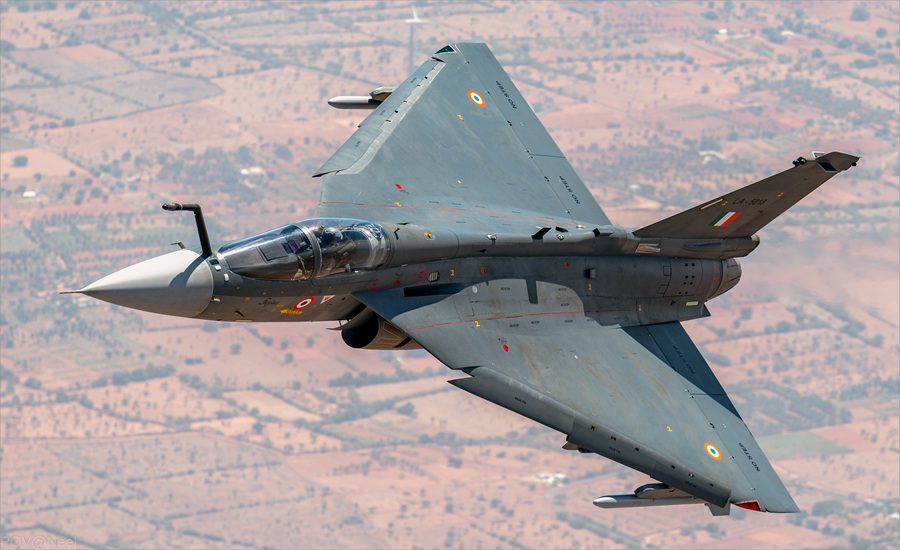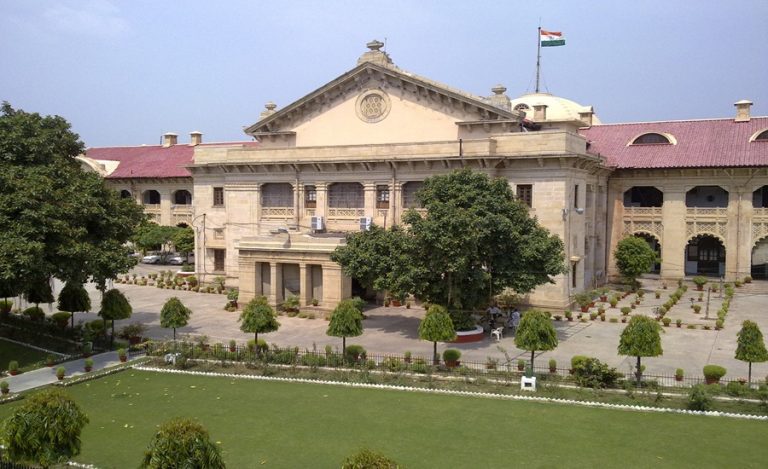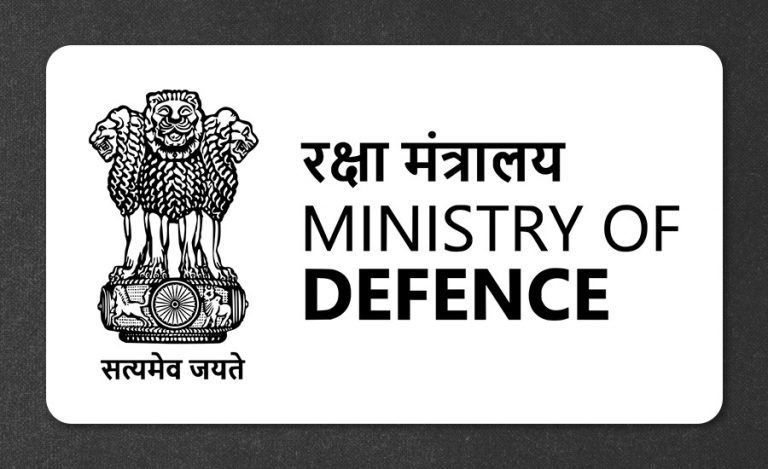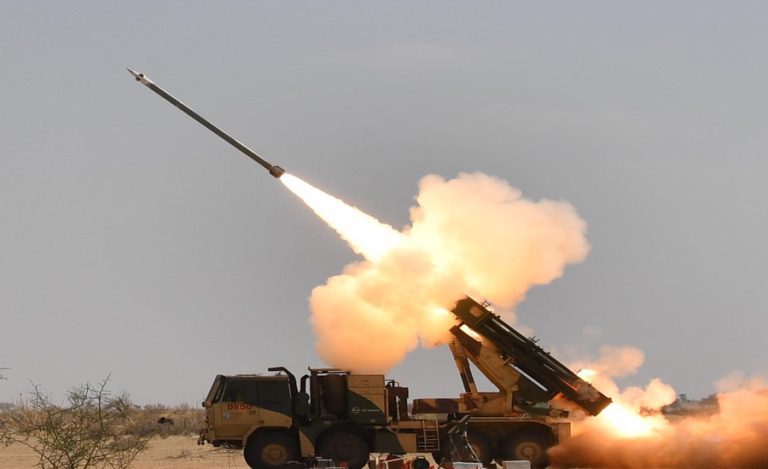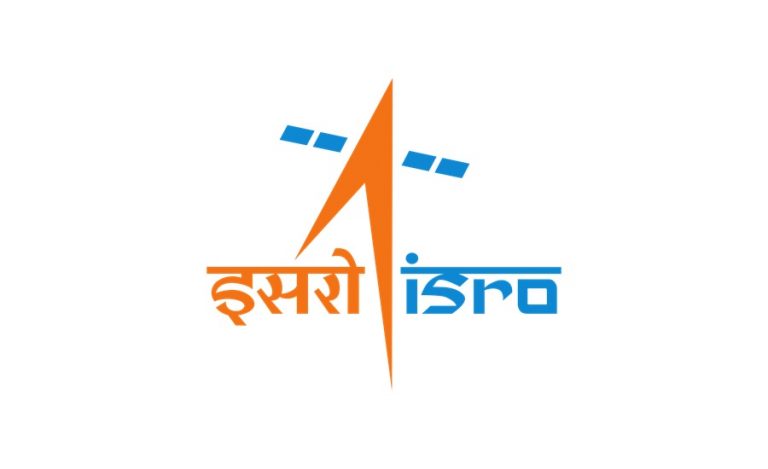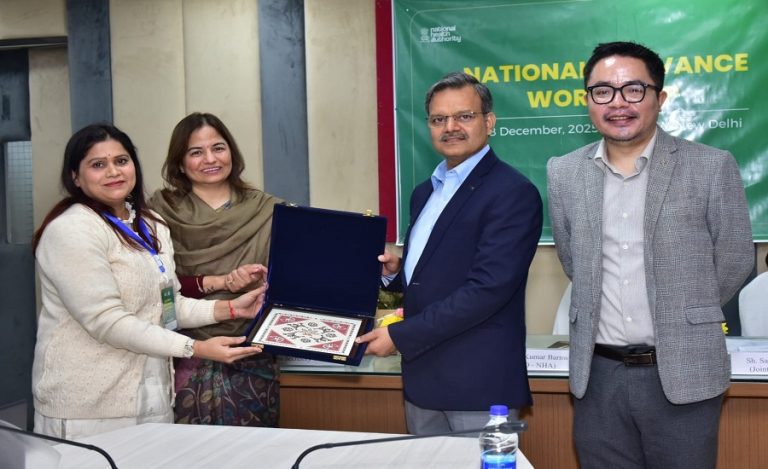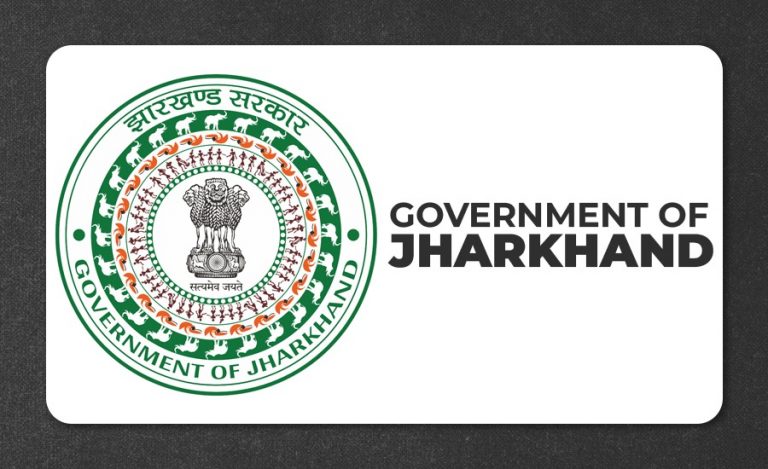New Delhi: The Indian Air Force (IAF), in collaboration with the Defence Research and Development Organisation (DRDO), conducted a high-stakes maritime strike exercise along the Konkan coast, near Goa and Karwar, showcasing advanced manned-unmanned teaming (MUM-T) capabilities.
HAL Tejas Created History
A piloted Tejas fighter was networked with two unmanned aerial vehicles (UAVs) to validate command-handoffs, sensor fusion, live data sharing and precision strikes in a simulated maritime environment.
The exercise also included strict maritime navigation protocols, such as a NOTMAR no-sail zone around the region, reinforcing operational realism.
It was carried out in the window of heightened tri-service operations, coinciding with Exercise Konkan and Exercise Trishul, underlining India’s push towards joint-domain and networked warfare.
About This Exercise and Results
The Tejas aircraft and UAVs swapped roles mid-mission, conducted autonomous manoeuvres under an Autonomous Control System (ACS) and executed strike waypoints based on live data.
The UAVs gathered sensor data which was relayed to the Tejas fighter — enabling the sensor-to-shooter hand-off. The Tejas then executed precision strikes using that data.
The assets rendezvoused and recovered safely at Dabolim (Goa), validating the autonomy and safety of the operations.
From a strategic viewpoint, the successful exercise positions India as a front-runner in the field of networked asymmetric warfare, particularly in the maritime domain.
Importance of this exercise in the Make in India initiative
The transition from legacy manned operations to network-centric manned-unmanned teaming significantly boosts operational flexibility, survivability and lethality of the force.
For India’s evolving air power doctrine, the integration of an indigenous platform (Tejas) with autonomous systems underscores the credibility of the “Make in India” defence narrative.
Given the shifting threat perceptions in the Indian Ocean Region and the Arabian Sea, such maritime strike capabilities enhance deterrence and rapid response — especially important for western seaboard security.
The success of this drill also paves the way for deeper tri-service interoperability — air, sea and unmanned systems working in concert — a hallmark of future frontline operations.
Officer and Leadership Insight
While the public release of the specific officer in charge of this MUM-T strike was not made explicit in the open-source summary, the programme involves senior IAF and DRDO leadership who oversee manned-unmanned teaming, sensor-fusion and maritime strike integration.
For context, the IAF’s Chief of Air Staff, Air Chief Marshal A.P. Singh, has emphasised network-centric capability, and the DRDO has operationalized autonomy and sensor fusion in recent years.
These leadership directives help frame the exercise as part of a broader institutional push rather than a standalone event.
Implications & Next Steps
With this trial validated, further scale-up is likely: more Tejas squadrons networked with UAV fleets, extended maritime strike envelopes, and deeper data-link integration.
Indo-Indian Ocean Region posture: India now has a credible tool to project precision strike power from air plus unmanned platforms, enhancing its maritime deterrence.
Indigenous manufacturing gains momentum: Tejas (made in India) + unmanned systems (which can be built domestically) = progression toward self-reliance in advanced warfare systems.
Joint warfare doctrine: Tri-service exercises like Konkan and Trishul will increasingly feature advanced scenarios with MUM-T, sensor-fusion and integrated strike chains.

